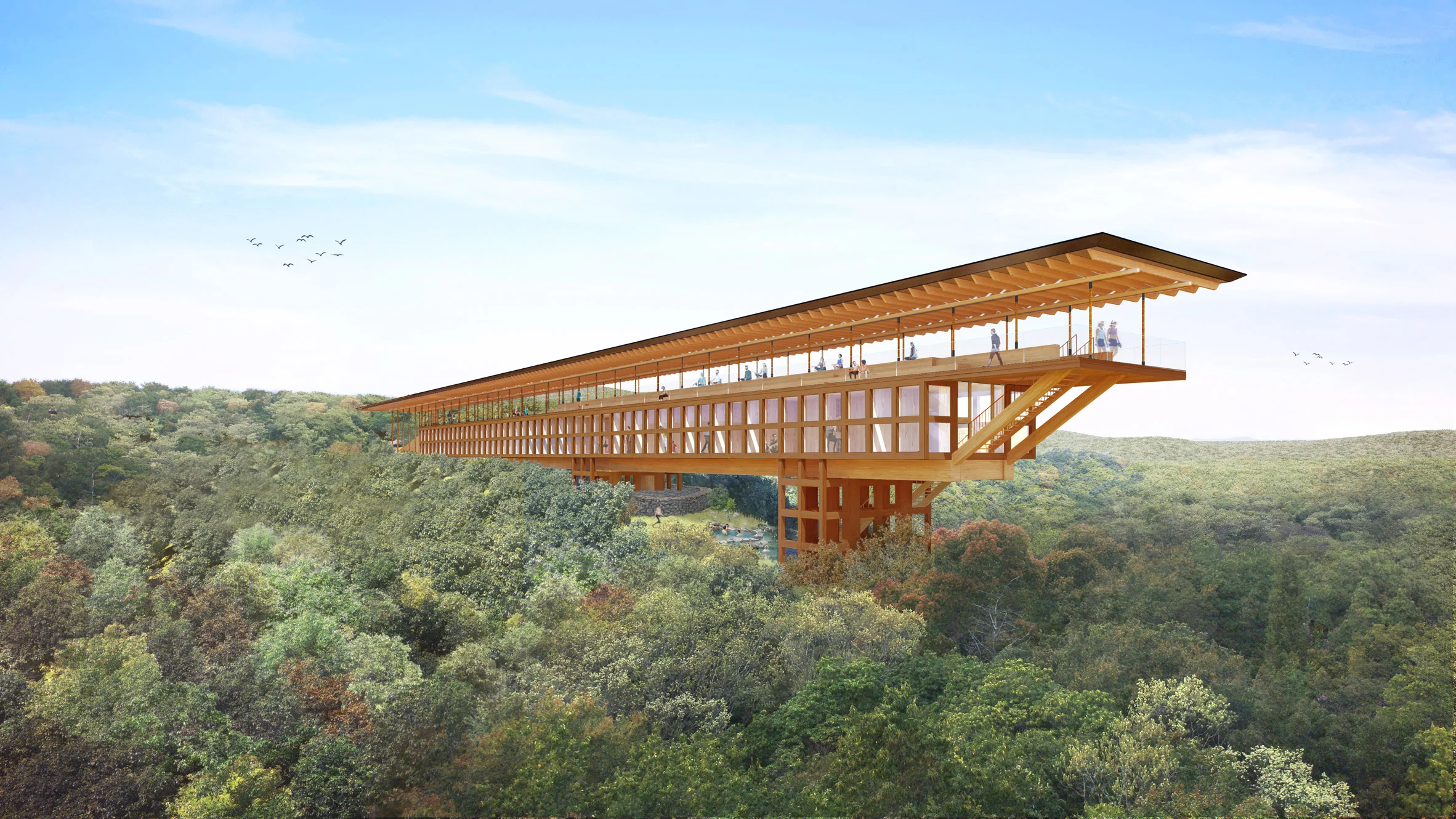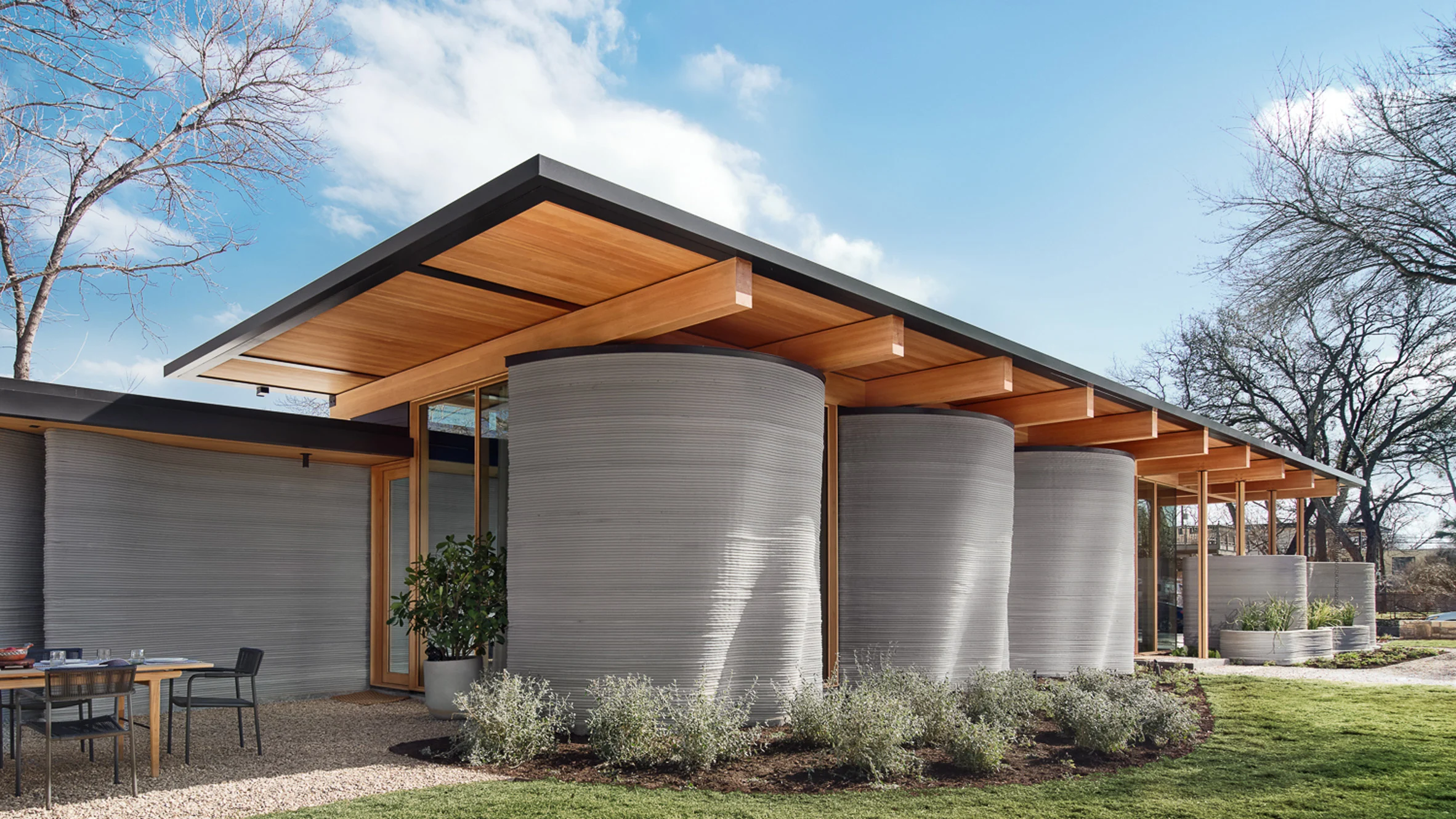New fiber-reinforced concrete has been developed at a molecular level by the researchers of the University of British Columbia, Canada, to considerably resist earthquakes.
The new concrete is dubbed EDCC or Eco-friendly Ductile Cementitious Composite. It was engineered to react in a similar way to steel regarding malleability, ductility, and great strength. When sprayed on traditional concrete walls, EDCC accentuates their strength against earthquakes reaching up to 9.1 degrees, equivalent to that of the 2011 Tōhoku earthquake in Japan.
“We sprayed a number of walls with a 10 millimeter-thick layer of EDCC, which is sufficient to reinforce most interior walls against seismic shocks,” commented Salman Soleimani-Dashtaki, a Ph.D. candidate in the department of civil engineering at UBC. “Then we subjected them to Tohoku-level quakes and other types and intensities of earthquakes and we couldn’t break them.”
Cement is combined with fly ash, polymer-based fibers, and other industrial materials to form EDCC. About 70% of the cement used in traditional mixtures is substituted with fly ash. EDCC is environmentally-sustainable due to the abundance of fly ash as an industrial waste product.
“This is quite an urgent requirement as one tonne of cement production releases almost a tonne of carbon dioxide into the atmosphere, and the cement industry produces close to seven percent of global greenhouse gas emissions,” said Nemy Banthia, project supervisor and UBC civil engineering professor.
Dr. Annie B. Jamieson Elementary School in Vancouver is expected to be the first building to use this new material in an earthquake retrofitting this fall.
Other applications, expected in the future, will involve a school in India. The school is located in Roorkee, Uttarakhand region, in which frequent earthquakes occur. Also, EDCC will be used for building homes that are highly resistant to earthquakes for the First Nations Communities in Canada.
The researchers say that EDCC could be used on various concrete structures in addition to offshore platforms, pavements, pipelines, industrial floors, and blast-resistant structures.
Canada-India Research Center of Excellence IC-IMPACTS funded the research that represents a leap towards safer buildings. The center is a research organization that endorses Canadian-Indian collaboration in the field of research development.







